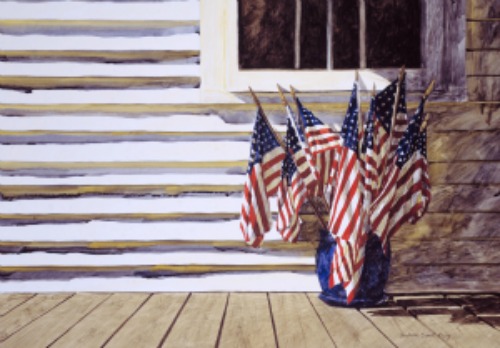I must be in a good mood, or something — after praising Graham Beal last night, I’m going to now praise the American Alliance of  Museums. They are advocating “Invite Congress to Visit Your Museum Week” for Aug. 10 through 17, and I think that is a great idea.
 AAM hasn’t just come with the idea — I gather, but am not sure, that it has staged these weeks in the past — it has laid out for everyone to see a How-To guide. Among the recommendations:
AAM hasn’t just come with the idea — I gather, but am not sure, that it has staged these weeks in the past — it has laid out for everyone to see a How-To guide. Among the recommendations:
Step 3: Follow Up with the office after sending the invitation.
Call the local office to find the name of the scheduler and call or email to follow up:
“I’ve recently sent an invitation for Rep./Sen. ________ to visit my museum in August. Can I speak with your scheduler about this request?â€
You can find the office’s local contact information, or visit the Congressional website for local contact information. We recommend starting with the local office, but be aware that every legislator has their own scheduling process, so you may need to flexible. Be specific about why you are calling and what you are asking the legislator or staff to do–namely, visit the museum.
And:
Step 8: Make your case. Complete an Economic Impact Statement and Educational Impact Statement so you can share them during the meeting.
This How-To is so good that it includes a sample timeline and recommendations for follow-up.
And — icing on the cake — AAM has separately published Ten Rules for Engagement: Getting Involved In the Political Process.
Clearly, Congress has not been in the mood to support culture of late. Personal contact can help, and it certainly can’t hurt if it’s done properly. Kudos to AAM for helping out.



